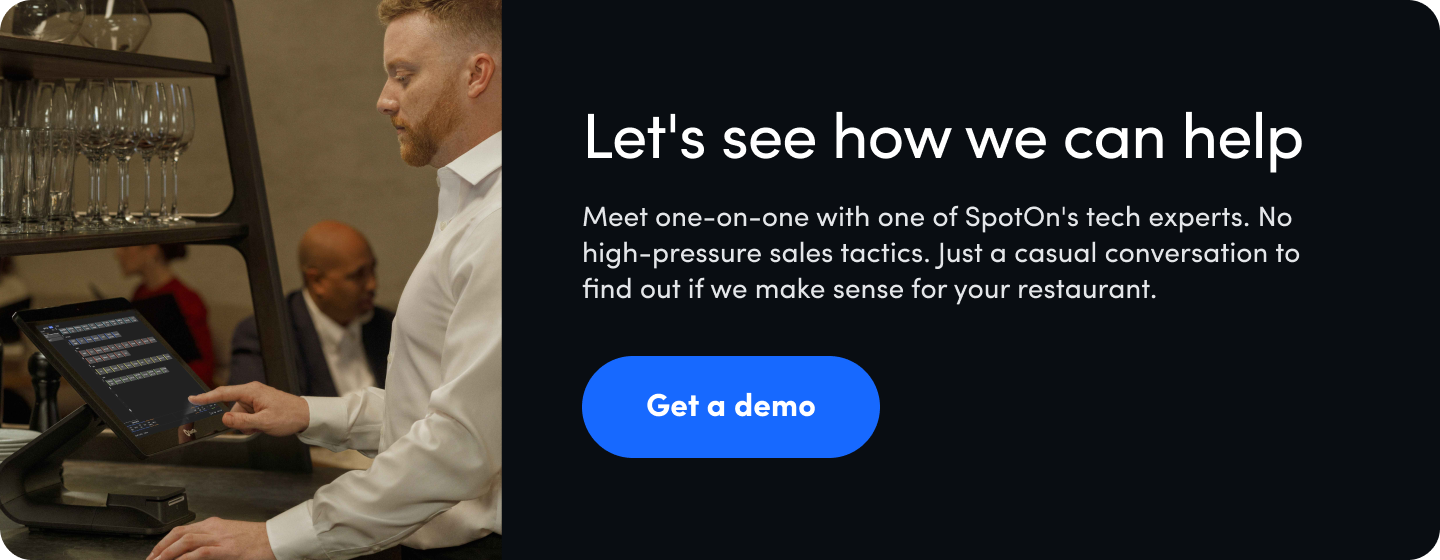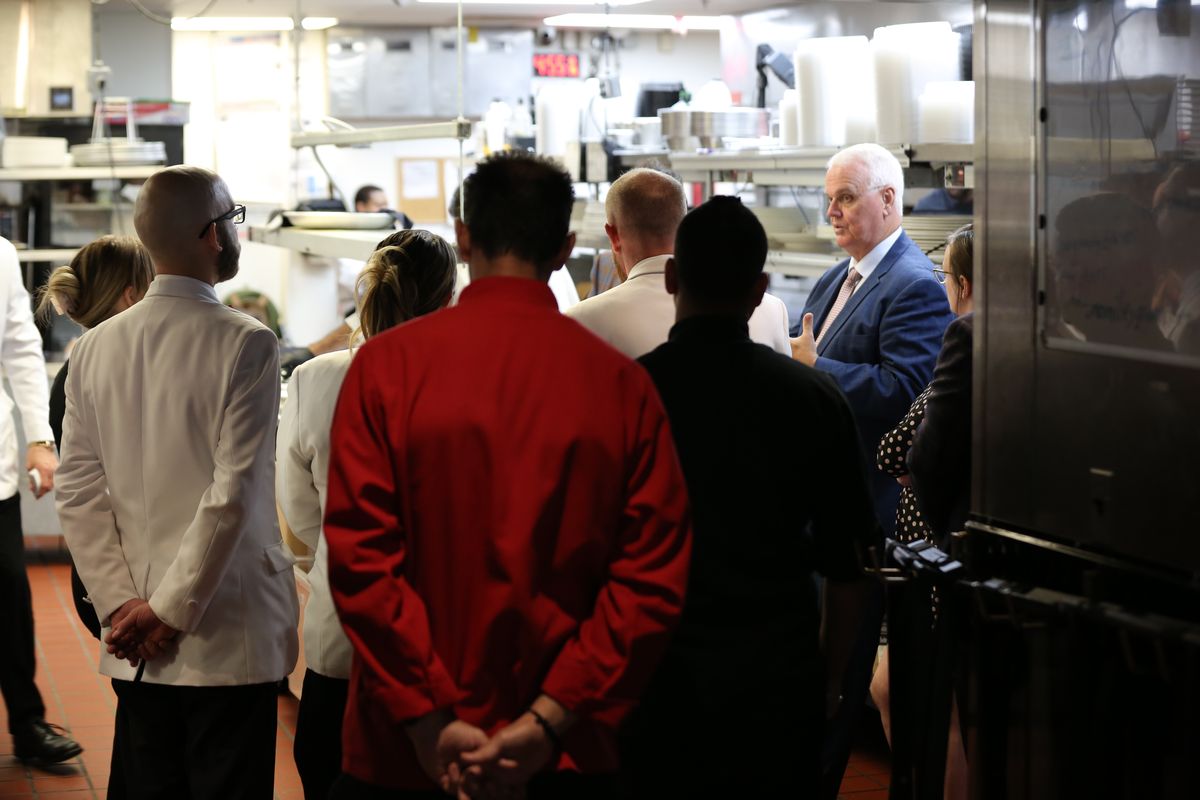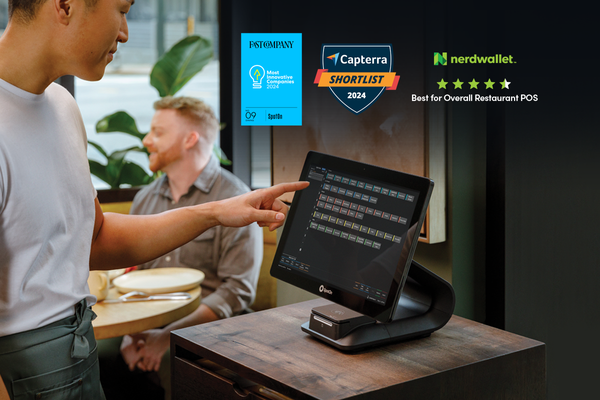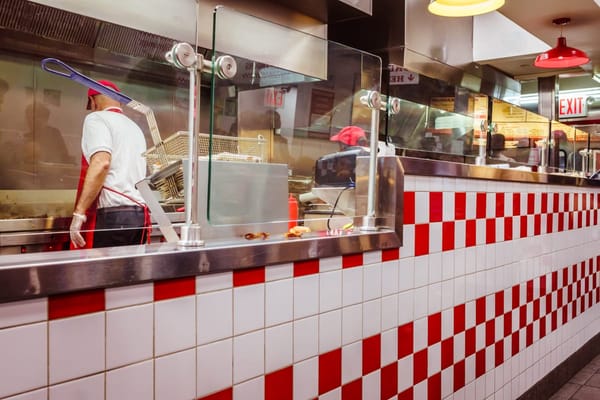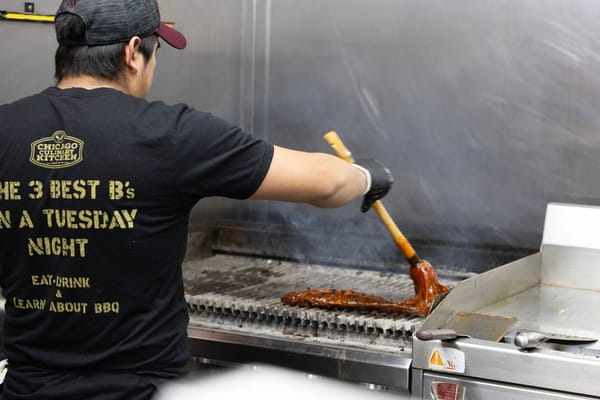Three and a half years later, the restaurant industry’s employment levels have returned to pre-pandemic numbers. It’s a bold statistic that’s undercut by the fact that restaurant employment would be hovering at 1 million above the current level were it not for the pandemic. The restaurant industry has been forced to adjust to a new normal and then do it all over again on a continuous loop since the pandemic’s interruption. Staffing might be approaching normal, but what to do when operations are anything but?
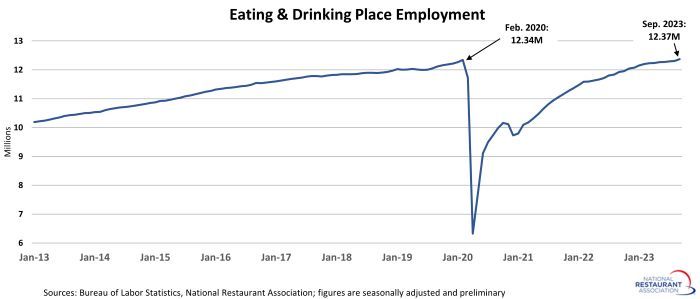
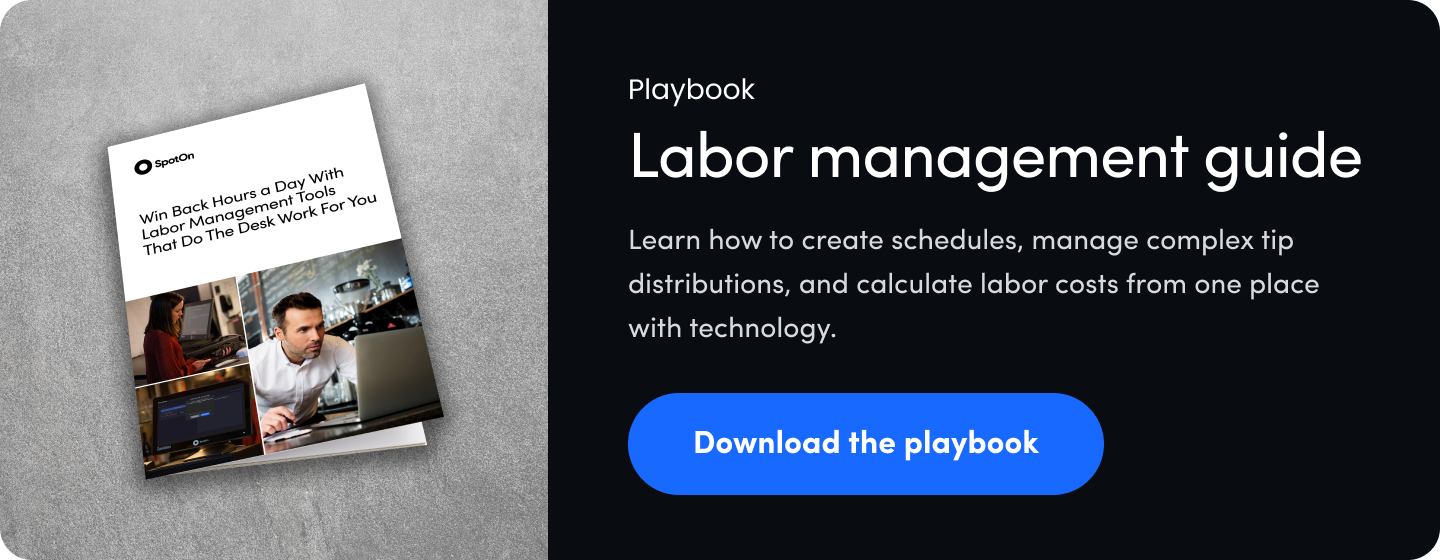
Whether you’re wondering how employment levels might affect your restaurant, or feeling the impact of other industry trends, here’s our take on pre-pandemic employment in a post-pandemic world and how you can leverage tech to meet today’s challenges (and tomorrow’s).
A renewed focus on retention
The restaurant industry contains multitudes. You wouldn’t run a white tablecloth French bistro the same way you’d run a fried chicken joint. It means working in a full-service restaurant comes with a different set of demands than fast casual and quick service—and that reality is having an impact on labor trends. Limited service employment has grown by 117,000 between February 2020 and August 2023, while full-service restaurant employment has fallen by 212,000 during the same time. This has occurred against the backdrop of significant wage growth, aided by new laws in California aimed at empowering fast-food workers. There’s no such thing as one-size-fits-all, even when it comes to labor trends.
If you’re fully staffed or approaching a complete team, it’s time to gravitate away from writing job postings and towards retaining your staff. That can include fostering employee wellbeing with new programs or benefits or reassessing your scheduling strategy to improve communication and ensure everyone has the PTO they need. Flexible scheduling, free meals, PTO, and growth opportunities are worth investing in if they keep your best people on board.
A smaller labor pool is not the only factor shaping the current employment environment. Labor unions have grown in popularity and influence across industries, bringing a new set of demands and changing the employer-employee dynamic. In Las Vegas, the Culinary Workers Union voted to authorize a strike, impacting 22 casino hotels on the strip. Even labor strikes in different industries have had a trickle-down effect on the restaurant industry, with many striking actors and impacted writers returning to restaurant work.
Finally, with many independent and chain restaurants increasing wages—whether to retain employees or comply with city or state laws ending the tipped minimum wage—it’s a good time to refocus on profitability. Restaurant scheduling software can help control labor spending with more efficient staffing. It’s also the right moment to explore time-saving tools like a restaurant reservation system, tip reporting software, and restaurant POS integrations that streamline inventory and other functions.
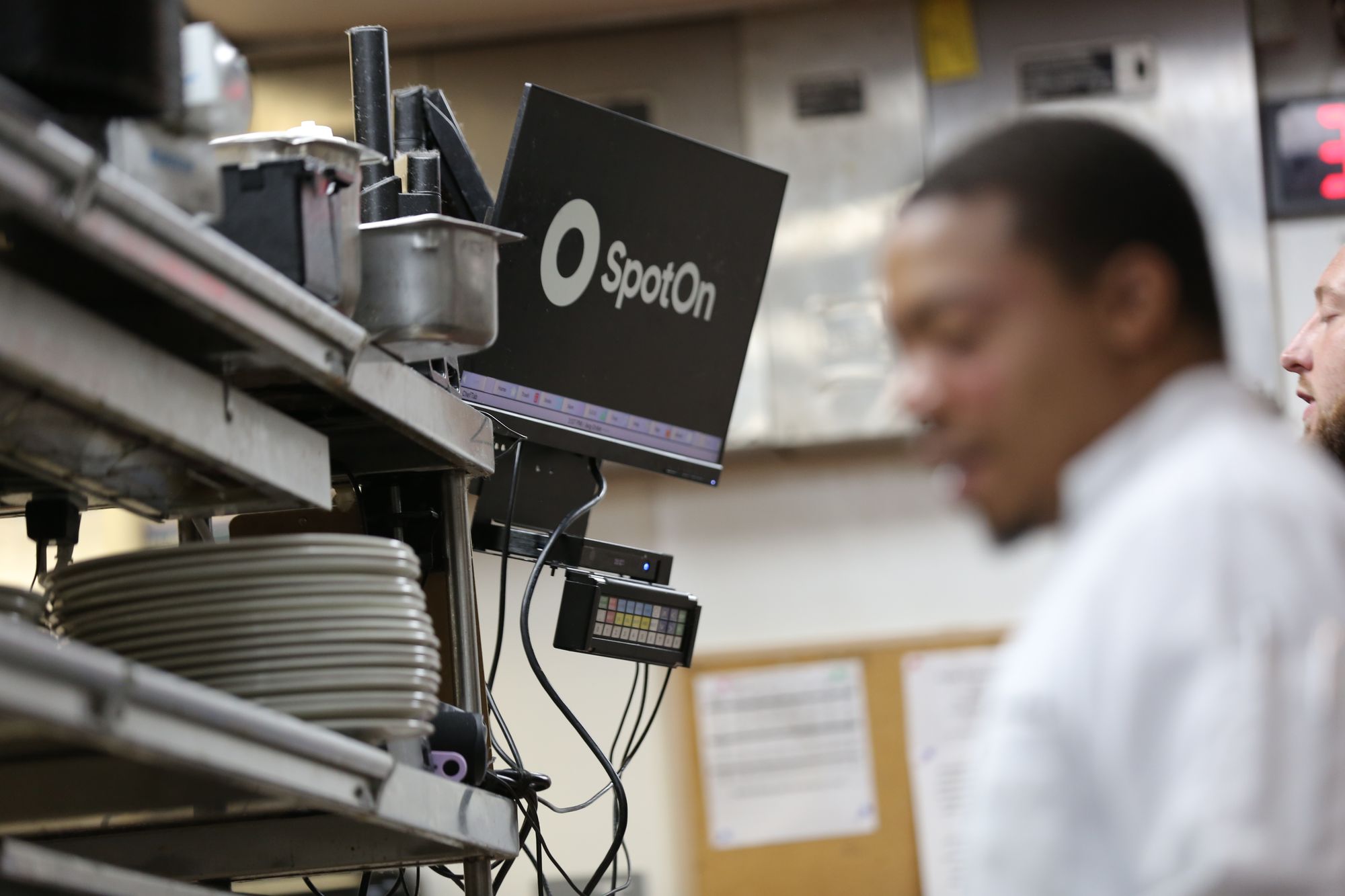
Navigating a different economic environment
If you run a restaurant, you don’t need to read a newspaper to understand the impact of inflation—you’ve experienced it firsthand. An inflationary environment can impact your profit margins by making COGS more expensive and diminishing foot traffic and guest spending. With POS reporting, you can keep a close watch on what you’re spending and what your bringing in, helping your restaurant stay agile and profitable even when times are tough. It could lead to reengineering your menu, reassessing your tech stack to cut down unnecessary fees, or finding creative ways to retain your guests after increasing prices.
The severe supply chain pressures of the pandemic era have been resolved. But new challenges swooped in to claim their spot. Extreme weather and freight disruptions continue to impact which supplies are available and the price you’ll have to pay for them. To cope with constant fluctuations, you’ll need to closely monitor your cost of goods by keeping track of price changes. With a nimble menu and an inventory management solution that integrates directly into your restaurant POS, you can make key decisions quickly and based on accurate information.

Everchanging consumer habits
If you adapted your concept to every passing trend, you would exhaust your kitchen (and interior decorating budget). And while there are simple ways to adapt your menu to new trends, like adding zero-proof cocktails to your drink menu and sprinkling some pumpkin spice on a latte, the more pertinent challenge is understanding your guests’ preferences when it comes to the menu and overall experience.
This goes beyond food and drink to considering when guests prefer to eat to determine your dayparts, as well as assessing ways to make the guest experience more convenient, valuable, and enjoyable. Detailed, insightful reports can help you determine your peak hours and which menu items are the stars of the show. This, in turn, should inform your scheduling, meal times, and menu development.
With a blend of employee and guest feedback, you can determine what role tech should play in the dining room. It might be center stage, where QR codes put guests in the driver’s seat of their ordering experience, giving them greater control of the speed with which they’d like to order and pay while improving order accuracy, too.
If you have a large volume of guests or a spacious physical location, a handheld POS system could help your servers get orders to the kitchen faster and ensure your guests aren’t left in the lurch (with growling stomachs, nonetheless). Many guests have come to expect tools like online ordering and a waitlist app to make their restaurant experience smoother and more convenient. Innovative tools like Seat & Send combine the two tools, so guests can get their food faster and you can nail the first impression. Most importantly, you’ll want to find a flexible solution that you can adapt on the fly without having to wrangle customer support and break out the manual.
Once again, the restaurant industry finds a watershed moment when it comes to staffing, technology, and meeting guest needs. It’s not the first, and it won’t be the last. As the tectonic plates of restaurant operations shift, there’s never been a better time to streamline your technology to help you stay on your toes and adapt your restaurant. After all, resilience pairs well with just about anything.
